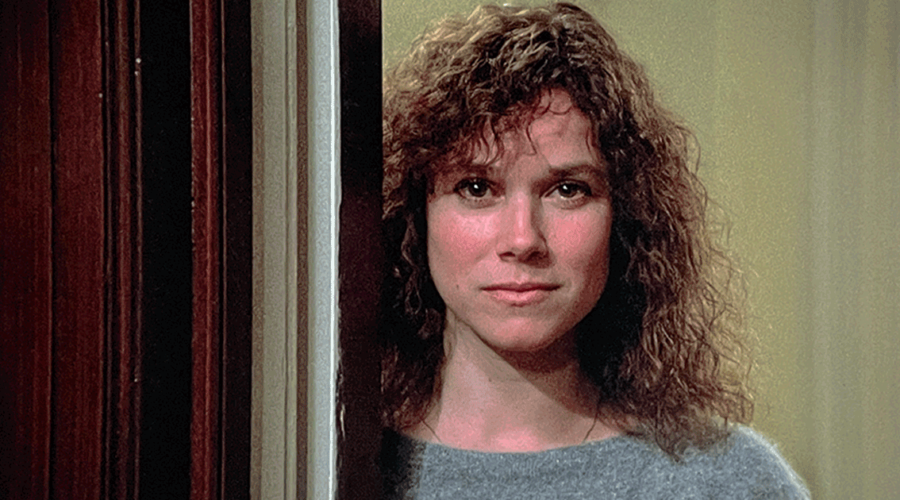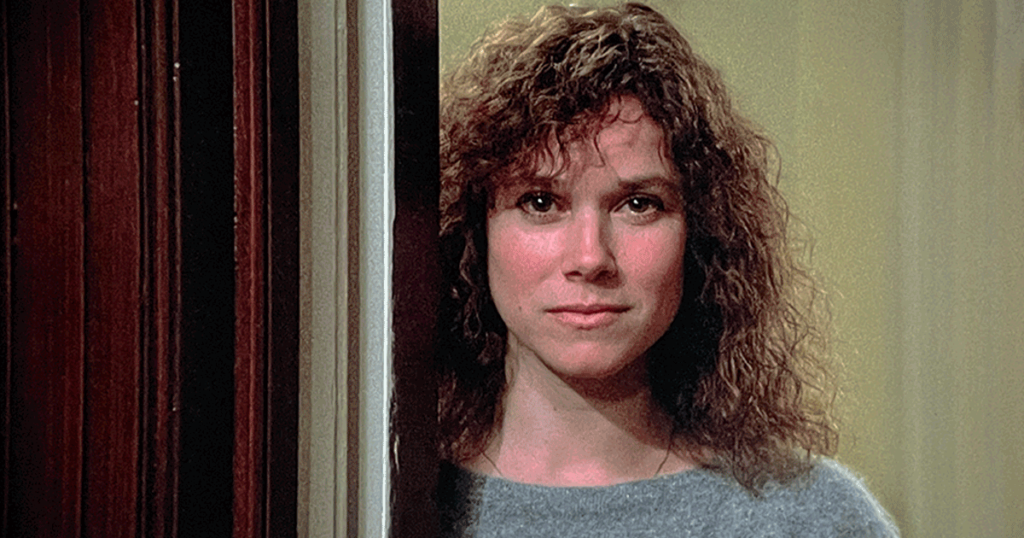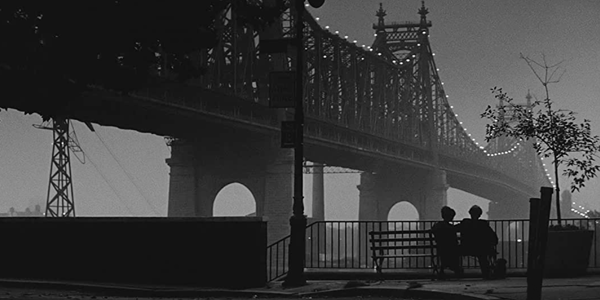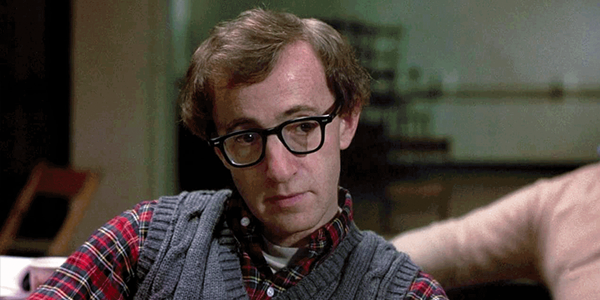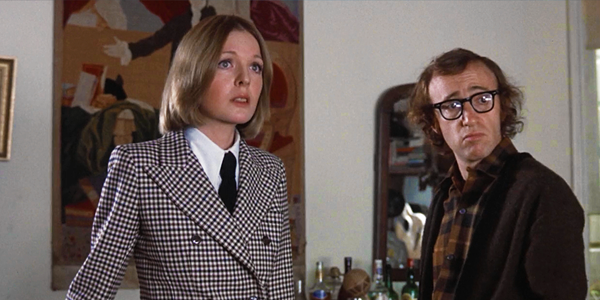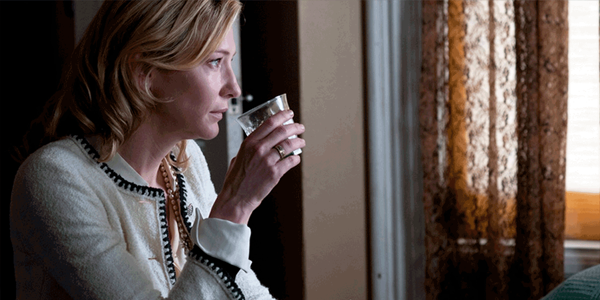Review: Hannah and Her Sisters
also on Cineluxe
Sign up for our monthly newsletter
to stay up to date on Cineluxe
Falling short of the top tier of Woody Allen’s work, Hannah still offers up an inviting slice of New York life in the mid ’80s
by Michael Gaughn
updated May 6, 2023
Many consider Hannah and Her Sisters one of Woody Allen’s best films. Some call it his best. I find it incredibly uneven. It does have some strong sequences, scenes, and moments that represent tremendous growth in Allen’s skill as a filmmaker, but it also has some off-key and sometimes embarrassingly lame moments that keep it from achieving a satisfying balance. And it’s about 20 minutes too long.
Allen hit his stride as an actor’s director here. He was able to draw effective performances out of a large and diverse cast, ranging from the Studio Era stylings of Maureen O’Sullivan and Lloyd Nolan to the Bergmanesque solemnity of Max Von Sydow to the looser, more indie vibe of Dianne Wiest and Barbara Hershey—both of whom are exceptional, especially Hershey. Even Carrie Fisher is something other than grating for a change. The one person who can’t seem to find the right groove is Michael Caine, who has his good moments but who seems determined—like Kenneth Branagh (Celebrity) and Jesse Eisenberg (Café Society)—to do some kind of Woody impression. It doesn’t work.
And then there are Allen’s cringe-worthy efforts to begin dismantling his own persona. I understand that he didn’t want the nuanced version of the Woody character to detract from the more dramatic plot lines and hoped to use his character’s misadventures here—mainly his scramble to find a religion he can buy into—as comic relief. But while occasional lines land, his scenes just aren’t funny. Allen always had a pitch-perfect ear for comedy, so he had to have known the bits set at the ersatz SNL were painfully weak. I remain baffled by what he was going for, and how he could have so readily abandoned a painstakingly molded character that had not only served him well but had become an unparalleled vehicle for expressing, mocking, and dissecting the age.
As for Hershey, films like Boxcar Bertha and The Stunt Man had given her a reputation as something of an indie-film bimbo, so it was heartening to see her get the chance to play a fully fledged, non-objectified character and run with it. Ultimately, Hannah doesn’t revolve around Mia Farrow or Caine or Allen or Wiest but Hershey, who stands firmly at its emotional core and brings it a substance and energy it might have been lacking if the role had gone to someone else. It’s a great loss that she never again got to play a part this good.
People were pleased but not necessarily surprised when Allen was able to create characters who evoked the world around him in films like Annie Hall and Manhattan. But they were shocked to find he could craft well-rounded and not-so-predictable characters like Hershey’s—or 27 years later, Cate Blanchett’s Jasmine.
Like a lot of people, I had assumed the ugliest decade in American culture was the ‘70s, so it was a jolt to be reminded that the ‘80s were actually worse. Most of the characters here look like they got their clothes at the Salvation Army, and there’s just a kind of elevated sloppiness to the whole world that’s, in retrospect, kind of repugnant. Of course, some of this was unique to New York, which was just emerging from its nadir in the mid ‘70s and making the grunginess of midst-of-being-flipped neighborhoods like SoHo chic in an effort to inflate real-estate values. But the scene near the end where Allen comes across Wiest in a Tower Records, with its salmon and teal cutouts, glandular lettering, and Barry Gibb posters, reminded me we all would have been better off if the ‘80s had never happened.
Cinematographer Carlo Di Palma deserves praise for taking the streets, walls, and doorways of the older, decaying New York, the affluent shabbiness of lofts and sprawling Upper West Side apartments, and the carefully cultivated disregard for personal appearance and making it all look beautiful. I doubt any other film has better evoked November in New York. This Blu-ray-quality HD download is an acceptable viewing experience, but Di Palma’s shooting style is so subtle that there are moments here that look flat when they should have an understated but distinctive pop.
Di Palma is also important because he helped dispel the myth that a lot of Allen’s skill as a director came from using Gordon Willis as a crutch. By this point, Allen had developed a basal aesthetic and technique he was able to successfully translate from film to film regardless of who was doing the shooting, giving lensers like Di Palma, Sven Nykvist, and Javier Aguirresarobe the latitude to enhance his material without ever having to prop it up.
This is the film where Allen began to be accused of creating what was called yuppie porn—a not unfair swipe since Hannah did help lay the groundwork for more unfortunate later works like Match Point. But the greater sin on display here could be called “assimilation porn,” which he paid a disproportionately high price for in the anti-Semitic backlash to his custody trial, when the seemingly hip but inherently conservative New York and Hollywood elites he showcased so well turned on him so viciously.
While it’s not possible to put Hannah and Her Sisters is the highest tier of Allen’s work, that’s not to say it can’t be enjoyable. Most of the characters are well crafted, most of the performances click, most of the presentation is satisfying, and Allen almost perfectly captured New York at that moment in time. Only his uncertainty about what to do with his own persona keeps it from coming together into a more cohesive whole.
Michael Gaughn—The Absolute Sound, The Perfect Vision, Wideband, Stereo Review, Sound & Vision, The Rayva Roundtable, marketing, product design, some theater designs, a couple TV shows, some commercials, and now this.
© 2023 Cineluxe LLC
